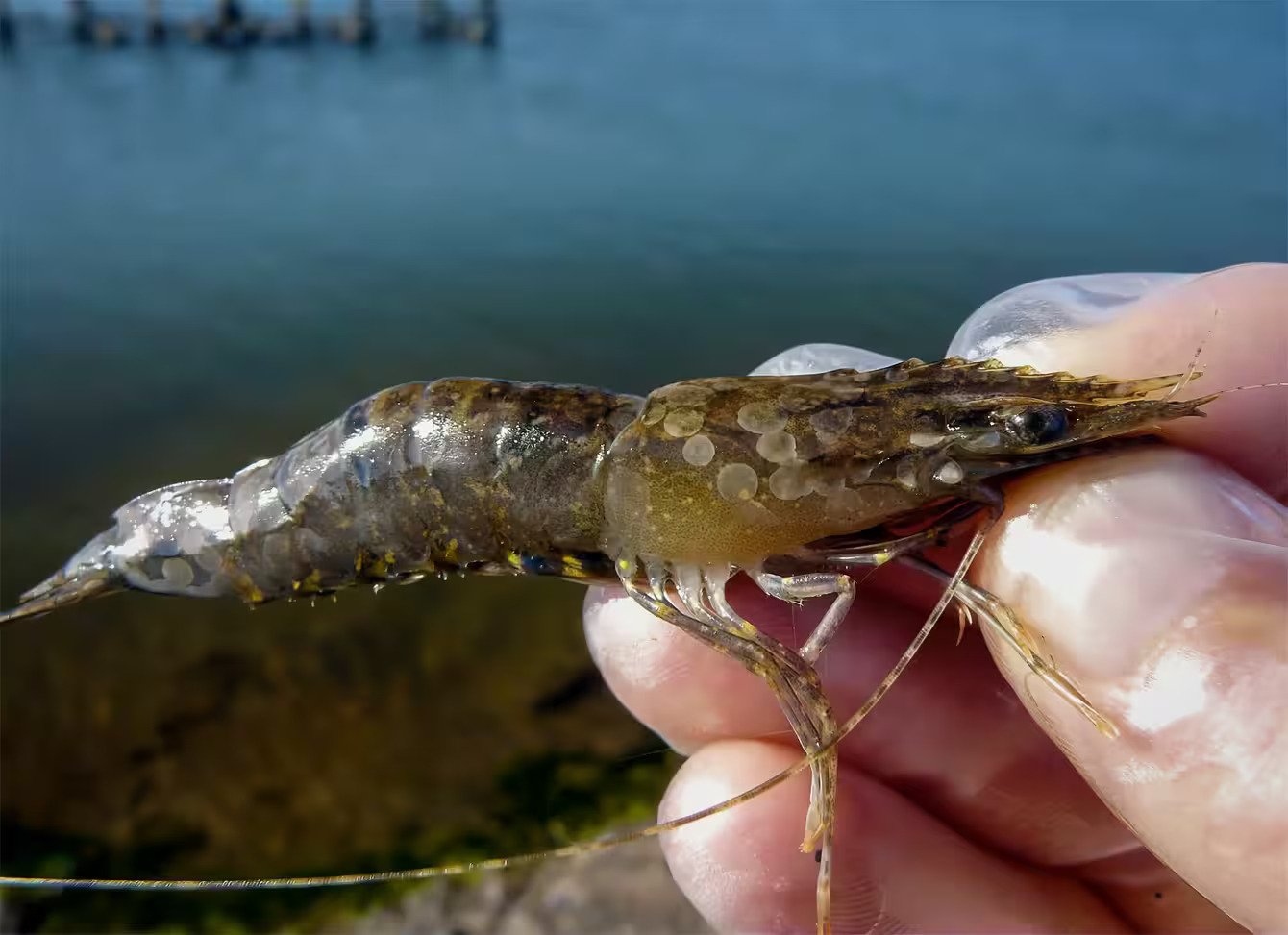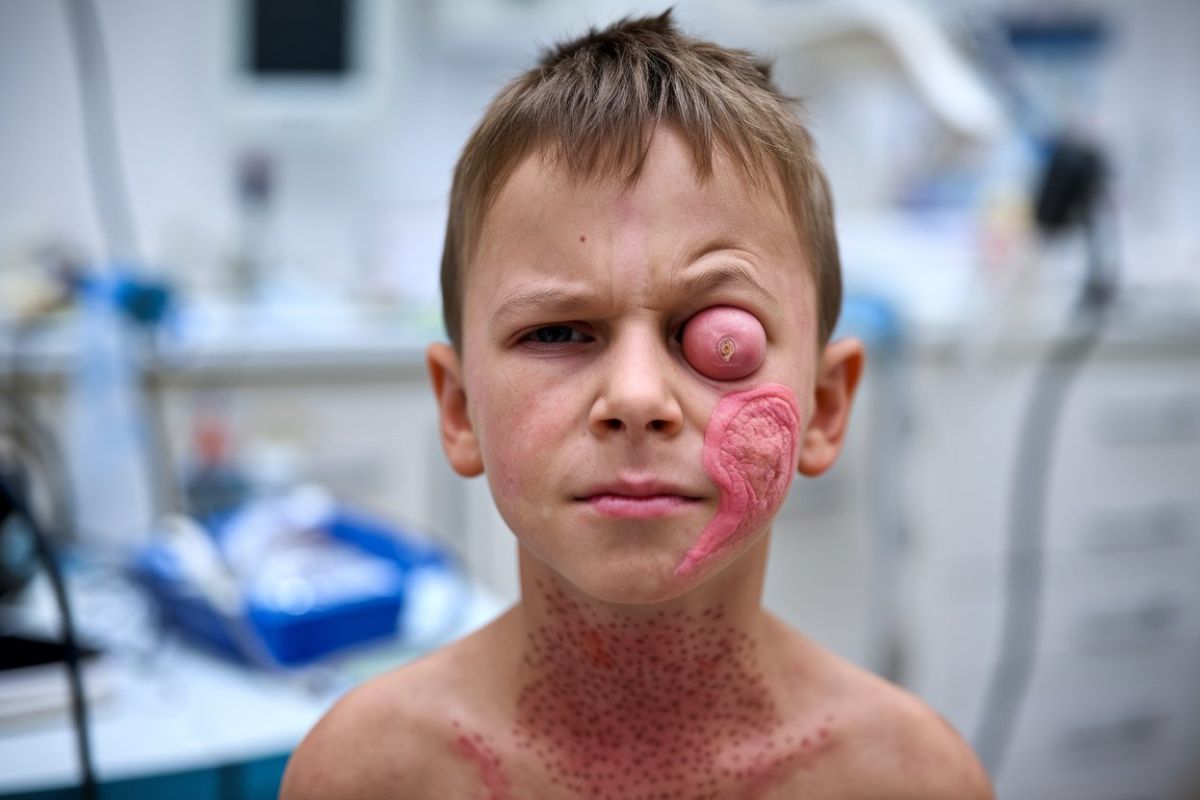
White Spot Syndrome is a serious viral infection affecting shrimp and other crustaceans, causing significant losses in aquaculture. But what exactly is White Spot Syndrome? This disease, caused by the White Spot Syndrome Virus (WSSV), leads to white spots on the exoskeleton of infected shrimp. These spots are a telltale sign of the virus, which can spread rapidly through shrimp farms, leading to high mortality rates. Understanding the facts about White Spot Syndrome can help in managing and preventing outbreaks, ensuring healthier shrimp populations. Let's dive into 30 essential facts about this devastating disease and how it impacts the aquaculture industry.
Key Takeaways:
- White Spot Syndrome is a viral infection that affects shrimp and other crustaceans, causing visible white spots and high mortality. It spreads through water, carrier organisms, contaminated equipment, and infected broodstock.
- The economic impact of White Spot Syndrome is significant, leading to global losses, farm closures, increased costs, market price fluctuations, and insurance claims. Prevention and control strategies include biosecurity measures, regular monitoring, quarantine, disinfection, and breeding resistant strains.
What is White Spot Syndrome?
White Spot Syndrome (WSS) is a viral infection that affects crustaceans, particularly shrimp. It has caused significant economic losses in the aquaculture industry worldwide. Here are some fascinating facts about this disease.
-
First Identified in Taiwan: White Spot Syndrome was first identified in Taiwan in 1992. Since then, it has spread globally, affecting shrimp farms in many countries.
-
Caused by White Spot Syndrome Virus (WSSV): The disease is caused by the White Spot Syndrome Virus, a highly contagious pathogen that can spread rapidly among shrimp populations.
-
Visible White Spots: Infected shrimp develop visible white spots on their exoskeletons, which is a hallmark symptom of the disease.
-
High Mortality Rate: WSS can cause up to 100% mortality in shrimp populations within a few days of infection.
-
Affects Various Crustaceans: While shrimp are the primary victims, other crustaceans like crabs and lobsters can also be affected by WSSV.
How Does White Spot Syndrome Spread?
Understanding how WSS spreads is crucial for controlling outbreaks. Here are some key facts about its transmission.
-
Waterborne Transmission: The virus can spread through water, making it easy for the disease to move from one shrimp farm to another.
-
Carrier Organisms: Some organisms, like certain types of plankton, can carry the virus without being affected by it, acting as reservoirs for the disease.
-
Contaminated Equipment: Equipment used in shrimp farming, if not properly sanitized, can become a vector for spreading the virus.
-
Infected Broodstock: Using infected broodstock (adult shrimp used for breeding) can introduce the virus into hatcheries and farms.
-
Birds and Other Animals: Birds and other animals that feed on infected shrimp can also spread the virus to new locations.
Symptoms and Diagnosis
Recognizing the symptoms and diagnosing WSS early can help in managing the disease. Here are some important facts.
-
White Spots on Carapace: The most obvious symptom is the appearance of white spots on the shrimp's carapace.
-
Red Discoloration: Infected shrimp may also show a reddish discoloration, particularly on their appendages.
-
Lethargy: Infected shrimp often become lethargic and show reduced feeding activity.
-
Rapid Mortality: The disease progresses quickly, leading to rapid mortality in affected populations.
-
PCR Testing: Polymerase Chain Reaction (PCR) testing is commonly used to diagnose WSSV in shrimp.
Economic Impact
The economic impact of White Spot Syndrome is significant. Here are some facts that highlight its financial implications.
-
Global Losses: The global shrimp farming industry has suffered billions of dollars in losses due to WSS outbreaks.
-
Farm Closures: Many shrimp farms have had to close down temporarily or permanently due to severe outbreaks.
-
Increased Costs: Farmers incur additional costs for biosecurity measures and treatments to prevent and control the disease.
-
Market Prices: Outbreaks can lead to fluctuations in shrimp market prices due to reduced supply.
-
Insurance Claims: Some shrimp farmers have resorted to insurance claims to recover losses from WSS outbreaks.
Prevention and Control
Preventing and controlling WSS is essential for the sustainability of shrimp farming. Here are some strategies and facts.
-
Biosecurity Measures: Implementing strict biosecurity measures can help prevent the introduction and spread of WSSV.
-
Regular Monitoring: Regular monitoring and testing of shrimp populations can help in early detection of the virus.
-
Quarantine: Quarantining new stock before introducing them to existing populations can prevent the spread of the virus.
-
Disinfection: Proper disinfection of equipment and facilities is crucial in controlling the spread of WSSV.
-
Breeding Resistant Strains: Research is ongoing to develop shrimp strains that are resistant to WSSV.
Research and Future Directions
Ongoing research aims to better understand and combat White Spot Syndrome. Here are some interesting developments.
-
Vaccine Development: Scientists are working on developing vaccines to protect shrimp from WSSV.
-
Genetic Studies: Genetic studies are being conducted to identify genes that confer resistance to WSSV.
-
Alternative Treatments: Researchers are exploring alternative treatments, such as probiotics and herbal extracts, to combat WSSV.
-
Environmental Management: Improving environmental management practices in shrimp farms can help reduce the risk of WSS outbreaks.
-
International Collaboration: International collaboration and information sharing are crucial for managing and controlling WSS globally.
Key Takeaways on White Spot Syndrome
White Spot Syndrome (WSS) is a serious viral infection affecting shrimp, causing significant losses in aquaculture. Understanding WSS helps in managing and preventing outbreaks. The virus spreads through water, infected shrimp, and contaminated equipment. Symptoms include white spots on the exoskeleton, lethargy, and high mortality rates. Effective management includes strict biosecurity measures, regular monitoring, and proper disposal of infected shrimp.
Research continues to find better treatments and preventive measures. Farmers must stay informed about the latest developments and follow best practices to protect their stock. By implementing these strategies, the impact of White Spot Syndrome can be minimized, ensuring healthier shrimp populations and more stable aquaculture operations. Stay vigilant, keep learning, and take proactive steps to safeguard your shrimp farms from this devastating disease.
Frequently Asked Questions
Was this page helpful?
Our commitment to delivering trustworthy and engaging content is at the heart of what we do. Each fact on our site is contributed by real users like you, bringing a wealth of diverse insights and information. To ensure the highest standards of accuracy and reliability, our dedicated editors meticulously review each submission. This process guarantees that the facts we share are not only fascinating but also credible. Trust in our commitment to quality and authenticity as you explore and learn with us.


